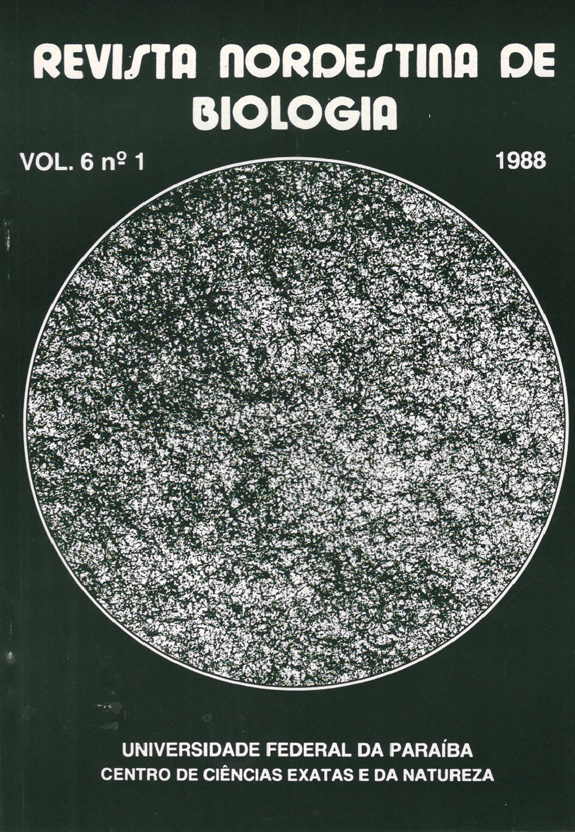GENEALOGY AND PHYLOGENETIC CLASSIFICATION OF THE WORLD CRANGONIDAE (CRUSTACEA, CARIDEA), WITH A NEW SPECIES AND NEW RECORDS FOR THE SOUTH WESTERNS ATLANTIC
Resumo
A traditional Hennigian analysis, subsequently expanded by several runs with a PAUP version 2.4 computer program for interring phylogenies under the principle of maximum parsimony, was applied to members of the monophyletic family Crangonidae. Based on a priori evolutionary assumptions, I have rejected three reversal hypothesis indicated by the computer, and chosen a final cladogram of slightly different topology which is 4 steps longer than the most parsimonious cladogram. The fully resolved cladogram for 17 terminal taxa named at the genus level is based on 91 characters, which have been resolved into 124 evolutionary steps (68 synapomorphies and 56 homoplasies and reversals). Lissocrangon is synonymized with Crangon. The following sequenced phylogenetic classification is proposed: Crangonidae; Pontocaridinae, new; Sabinea; Pontocaris; Parapontocaris; Philocherinae, new [Philocheras]!Pontophilinae, new; Pontophilus; Parapontophilus, new; Paracrangoninae, new; Lissosabinea, new, Paracrangon; Vercoia [V. gibbosa); Prionocrangon; Crangoninae; "Mesocrangon" incertae sedis; Crangon; Neocrangon; Notocrangon [N. antarcticus]: Metacrangon; Argis; Sclerocrangon; Rhynocrangon. The square brackets represent a new convention for indicating redundant taxon names which are genealogically uninformative but are provisionally maintained in the classification to satisfy mandatory requirements of the International Code of Zoological Nomenclature. A description of Pontocaris boschii sp.n., and records of Philocheras gorei and Lissosabinea cf. tridentata from off eastern South America ate provided. Sister group relationships are indicated for these and a few other species- level taxa.Downloads
Não há dados estatísticos.
Downloads
Publicado
2014-02-01
Edição
Seção
Artigos
Licença
Os originais aceitos e publicados tornam-se propriedade da Revista Nordestina de Biologia, sendo vedada sua reprodução total ou parcial, sem a devida autorização da Comissão Editorial, exceto para uso de estudo e pesquisa, desde que citada a fonte.



